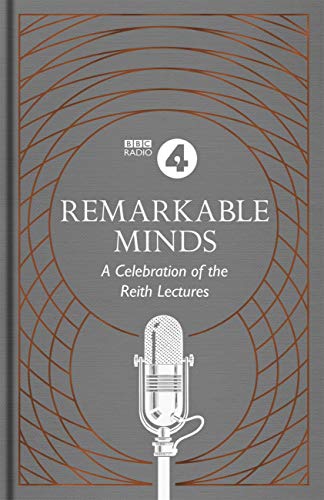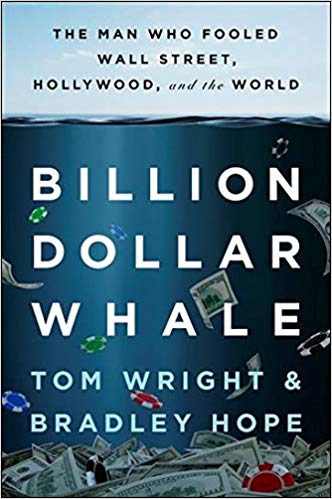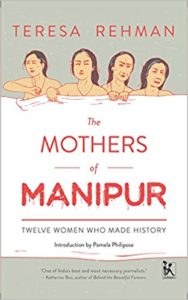 NEWS RELEASE
NEWS RELEASE
Monday 24 October 2016
Judges for the 2017 International Dylan Thomas Prize announced
Distinguished novelists, professors, a poet, a historian and Head of BBC Audio Drama UK make up the judging panel for the 2017 International Dylan Thomas Prize in partnership with Swansea University, one of the world’s most prestigious prizes for young writers.
The £30,000 prize, which opened for entries on 5 September 2016, is awarded to the best eligible published literary work in English, written by an author aged 39 or under.
Launched in 2006, the annual International Dylan Thomas Prize is aimed at encouraging raw creative talent worldwide. Past winners have come from Wales, England, the USA and Vietnam, and include: Max Porter (Grief is the Thing with Feathers [Faber & Faber]), Joshua Ferris (To Rise Again at a Decent Hour [Penguin]); Claire Vaye Watkins (Battleborn [Granta]); Maggie Shipstead (Seating Arrangements [HarperCollins]); and Rachel Trezise (Fresh Apples [Parthian]).
The judging panel for the 2017 International Dylan Thomas Prize:
• Professor Kurt Heinzelman: poet, translator and scholar; professor at the University of Texas at Austin.
• Alison Hindell: Head of Audio Drama, UK for the BBC; Visiting Professor in Radio Drama for the University of Derby and a Fellow of the Royal Welsh College of Music & Drama.
• Professor Sarah Moss: novelist and professor; author of five novels and a memoir based on a year spent in Iceland, Names for the Sea;member of Warwick University’s Writing Programme.
• Prajwal Parajuly: author of short stories and the novel Land Where I Flee, an Independent on Sunday book of the year; Clayton B. Ofstad endowed distinguished writer-in-residence at Truman State University, Missouri.
• Professor Dai Smith (chair of panel): historian and writer on Welsh arts and culture; Honorary Raymond Williams Research Chair in the Cultural History of Wales at Swansea University.
Professor Dai Smith, Honorary Raymond Williams Research Chair in the Cultural History of Wales at Swansea University said:
“The panel of judges assembled for 2017 under my chairmanship bring to their formidable task experience of Wales and the world, of the practice of creative writing in prose and poetry, of drama and communication, of readers’ expectations and writers’ risk taking, and, of course, of the multifariousness of Dylan himself. We have a hard act to follow after last year’s panel plumped, spectacularly, and justifiably so, for Max Porter’s poem novel Grief Is The Thing With Feathers, but the entrants for 2017 are already queuing up for the amazing accolade of being acclaimed the winner of the International Dylan Thomas Prize in Swansea in May next year.”
The winner will be announced at the final awards ceremony in Swansea University’s Great Hall, Wales, on 10 May 2017. The closing date for entries is 4 November 2016.
About the judges
Professor Kurt Heinzelman is a poet, translator, and scholar. His most recent book of poems is Intimacies & Other Devices and he has translated Demarcations, a collection of poems by Jean Follain. He has been the Executive Curator at the Harry Ransom Center and the Director of Education at the Blanton Museum of Art. A Professor of Poetry and Poetics at the University of Texas-Austin, he is also Editor-in-Chief of Texas Studies in Literature and Language (TSLL), and the co-founder and currently Advisory Editor of Bat City Review.
Alison Hindell is Head of Audio Drama, UK for the BBC. She has directed over 260 radio plays, from international co-productions to soap opera, and has won many awards. She runs one of the biggest radio drama production departments in the world and is responsible for the creation of over 400 hours of drama, ranging from the iconic The Archers (including steering the Helen and Rob story to its culmination this year) to award-winning new writing and classics for many BBC radio networks. Most recently, she has worked with internationally acclaimed theatre director Robert Wilson on a multi-lingual co-production with German broadcasters called Tower of Babel. Alison worked for the Royal Shakespeare Company before joining the BBC and has directed theatre and worked as voice and casting director on several international animations. She is currently Visiting Professor in Radio Drama for the University of Derby and a Fellow of the Royal Welsh College of Music & Drama.
Professor Sarah Moss was born in Glasgow, grew up mostly in Manchester and studied at Oxford. She began her academic career with a doctoral thesis on Wordsworth, Coleridge and travel writing, and wrote a monograph on food and gender in eighteenth-century literature before turning to fiction. Her novels are Cold Earth (Granta, 2009), Night Waking (Granta, 2011), Bodies of Light (Granta, 2014), Signs for Lost Children(Granta, 2015) and The Tidal Zone (Granta, 2016). She has also written a memoir of a year spent in Iceland, Names for the Sea (Granta, 2012). Sarah has taught at the Universities of Oxford, Kent, Exeter and Iceland, and has been part of the Warwick Writing Programme since 2012.
Prajwal Parajuly is the son of an Indian father and a Nepalese mother. The Gurkha’s Daughter, his debut collection of short stories, was a finalist for the International Dylan Thomas Prize in 2013 and a semi-finalist for The Story Prize. Land Where I Flee, his first novel, was anIndependent on Sunday book of the year and a Kansas City Star best book of 2015. Prajwal is the Clayton B. Ofstad endowed distinguished writer-in-residence at Truman State University in Kirksville, Missouri. He has written for The New York Times, The Guardian, the New Statesmanand the BBC.
Professor Dai Smith is a distinguished historian and writer on Welsh arts and culture. He was Pro-Vice Chancellor of the University of Glamorgan from 2001 until 2005 and is currently the Honorary Raymond Williams Research Chair in the Cultural History of Wales at Swansea University.
He was Chair of the Arts Council of Wales from 2006 until 2016 and is Series Editor of the Welsh Assembly Government’s Library of Wales for classic works. In 2013, he published a novel Dream On and in 2014 edited definitive anthologies of Welsh Short Stories, Story I & II, for the Library of Wales. His latest fiction, the novella What I Know I Cannot Say, and the linked short stories All That Lies Beneath, will be published in 2017 by Parthian Books.

Notes for editors:
Pictures of the judges, last year’s winner, and the Prize logo can be downloaded via this Dropbox link: https://www.dropbox.com/sh/m3soqlkmsv6xznk/AAB1SwPV1kQQ_XpL_C1JKgGra?dl=0
International Dylan Thomas Prize:
Website: http://www.swansea.ac.uk/dylan-thomas-prize/
Twitter: @dylanthomprize / https://twitter.com/dylanthomprize
Hashtag: #IDTP17
Swansea University is a world-class, research-led, dual campus university. The University was established in 1920 and was the first campus university in the UK. It currently offers around 350 undergraduate courses and 350 postgraduate courses to circa 20,000 undergraduate and postgraduate students.
The University’s 46-acre Singleton Park Campus is located in beautiful parkland with views across Swansea Bay. The University’s 65-acre science and innovation Bay Campus, which opened in September 2015, is located a few miles away on the eastern approach to the city. It has the distinction of having direct access to a beach and its own seafront promenade. Both campuses are close to the Gower Peninsula, the UK’s first Area of Outstanding Natural Beauty.
Swansea is ranked the top university in Wales and is currently The Times and The Sunday Times ‘Welsh University of the Year’. It is also ranked within the top 350 best universities in the world in the Times Higher Education World University rankings.
The results of the Research Excellence Framework (REF) 2014 showed the University has achieved its ambition to be a top 30 research University, soaring up the league table to 26th in the UK, with the ‘biggest leap among research-intensive institutions’ (Times Higher Education, December 2014) in the UK.
The University has ambitious expansion plans as it moves towards its centenary in 2020, as it continues to extend its global reach and realising its domestic and international ambitions.
Swansea University is a registered charity. No.1138342. Visit www.swansea.ac.uk
For more information, contact Catrin Newman, Swansea University Press Office:[email protected] +0044 (0)1792 513454









